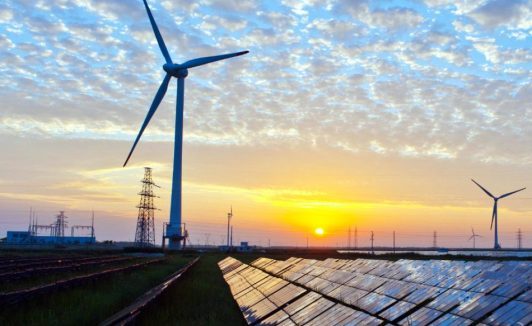Washington DC – According to a review by the SUN DAY Campaign of data just released – quietly – by the Federal Energy Regulatory Commission (FERC) for the first three-quarters of 2019, solar and wind provided nearly six times as much new generating capacity as natural gas in September. New capacity placed into service that...
Previous ArticleGood news comes in threes for All-Energy and Dcarbonise
WoREA
Welcome to WoREA! You are in the right place to learn about all things renewable energy. We would like to take this opportunity to firstly wish you well, congratulate you for being here, but above all else, thank you personally for your interest in renewable energy - we like you! Please feel free to submit your content and/or reach out directly. We are always interested in learning more about our members and the markets in which you work.








